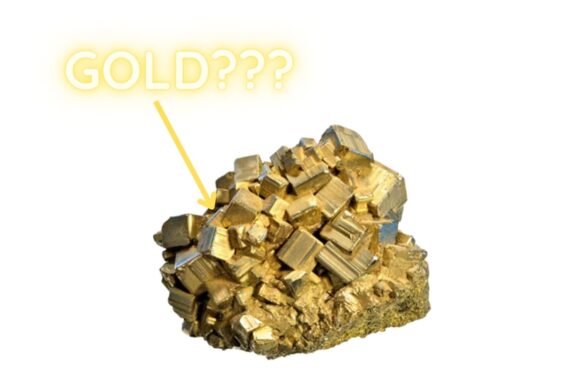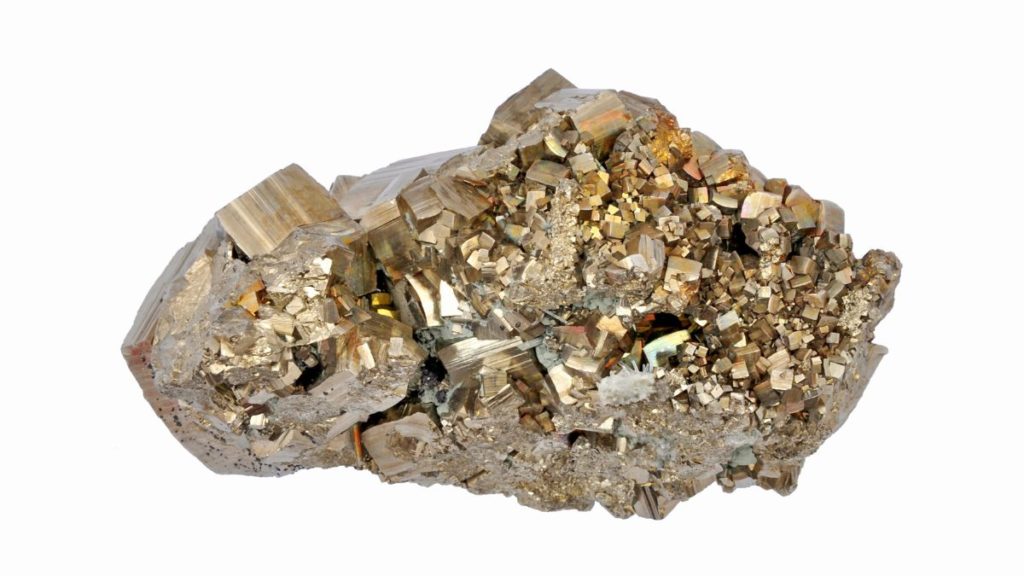What is Fool’s Gold?

Fool’s gold is a common nickname for a mineral called iron pyrite. It is also known as iron sulfide or pyrite. This mineral has a metallic luster and a yellowish-gold color, which is why it is often mistaken for real gold. However, there are several key differences between the two minerals that make it easy to tell them apart.
How to Identify Fool’s Gold
One way to tell fool’s gold apart from real gold is by its color. While both minerals have a yellowish-gold color, fool’s gold tends to have a slightly greenish or brassy tone. Additionally, fool’s gold is harder and heavier than real gold, and it does not bend or break as easily.
Another way is the way it react to acid, gold does not react to acid but iron pyrite does.
Another key difference between the two minerals is their crystal structure. Fool’s gold has a cubic crystal structure, while real gold has a more complex crystal structure. Finally, fool’s gold does not have the same electrical conductivity as real gold, so it is not as useful for certain industrial applications.
It is important to note that fool’s gold can be found in the same locations as real gold and other valuable minerals, so it is important to know how to identify it in order to avoid confusion.
Some of the countries where it is known to occur in significant quantities include the United States, Canada, Mexico, Brazil, Chile, Peru, Russia, and Spain. Additionally, it can also be found in smaller amounts in many other countries, including China, Australia, and South Africa.
Pyrite Applications
Pyrite, also known as iron sulfide, is a mineral that has a variety of uses. Some of the main applications of pyrite include:
As a source of iron: Pyrite is a major ore of iron and can be processed to extract the metal.
In the production of sulfuric acid: Pyrite can be used to produce sulfur dioxide, which is then used to make sulfuric acid.
In the manufacturing of sulfur compounds: Pyrite can be used to produce a variety of sulfur compounds, such as thiosulfates, sulfites, and sulfates.
As a decorative stone: Pyrite’s metallic luster and brass-yellow color make it a popular decorative stone.
As a stone for healing: Pyrite is believed to have healing properties, particularly for respiratory and respiratory-related conditions.


